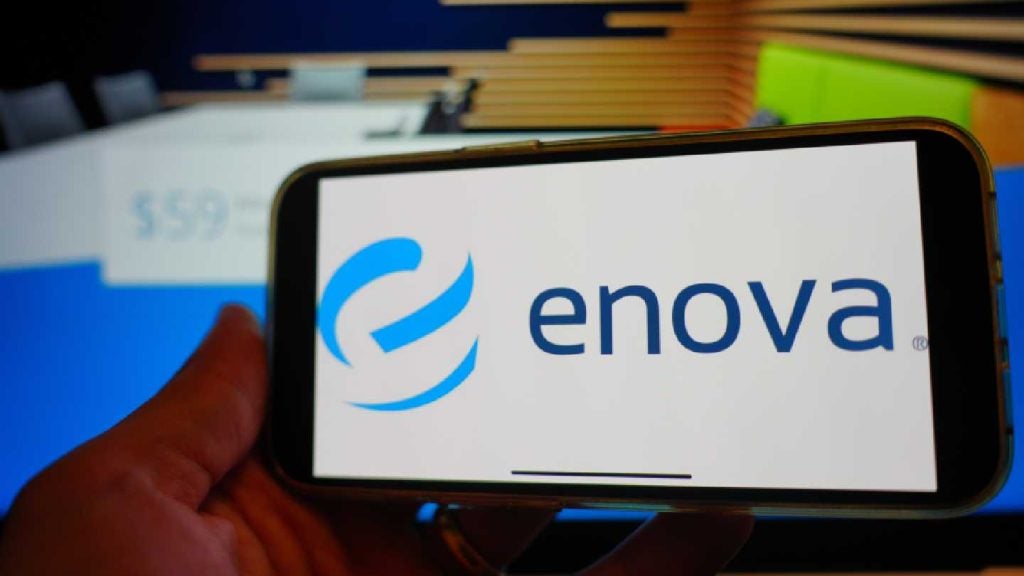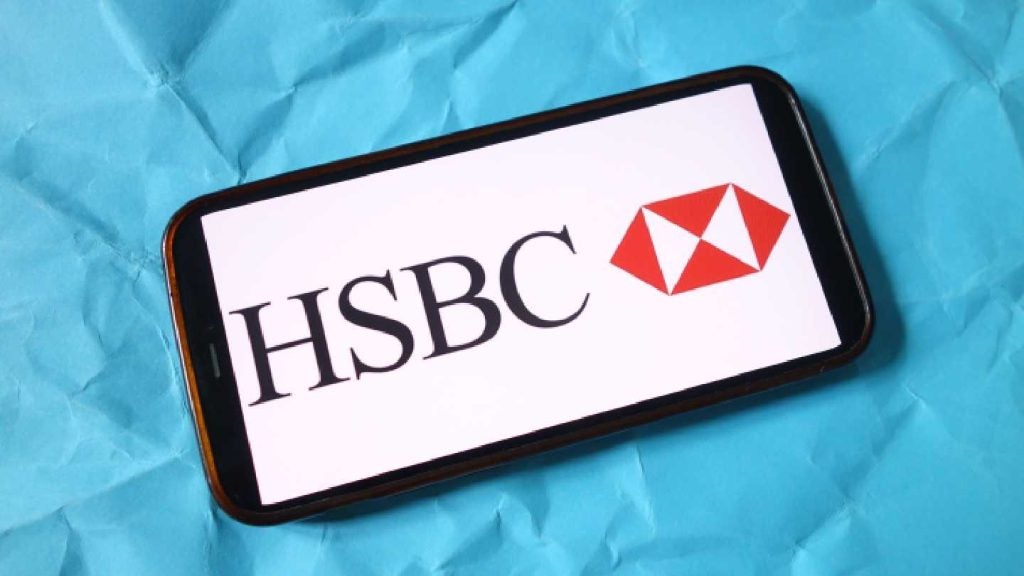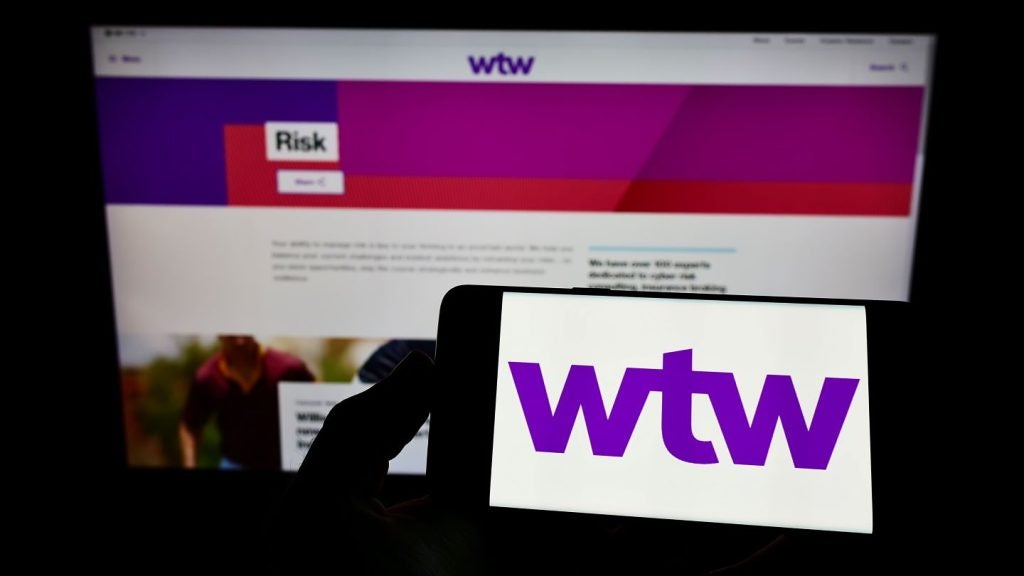The managing director of India’s
HDFC was in very bullish form when Titien Ahmad interviewed him at the
bank’s headquarters in Mumbai. Largely dismissing foreign players
in India, he said his bank’s conservative business model has
allowed it to grow market share in a fast-changing, dynamic Indian
economy.
Aditya Puri, the managing director of India’s HDFC, has a
methodical and logical approach to banking that comes across very
clearly when he shares his strategies and plans for the bank. While
he peppers his comments with remarks demonstrating a wry sense of
humour, there is no mistaking that he will stick to the knitting
when it comes to running India’s second-largest privately owned
bank.
HDFC remains one of the most consistent
performers among India’s banks – no easy feat when a booming middle
class consumer market has led to price wars and an almost
free-wheeling approach to lending and banking.
“In Indian financial services, demand exceeds
supply so there is no need to take higher risks or to cut interest
rates to balance the risk and rewards. From the beginning we’ve
been clear on our target market and our credit processes.
We don’t necessarily try and buy or push
growth beyond the point. We will take the growth but it must come
within our parameters of risk-reward and our target market,” said
Puri in an interview with RBI at HDFC’s headquarters in Mumbai.
Its profit growth has been maintained at
between 25 to 30 percent over recent years, and while some banks in
India have taken a beating in their quarterly earnings as a
rollover effect from the slowing Indian economy and global
financial crisis, Puri sees little or no impact.

US Tariffs are shifting - will you react or anticipate?
Don’t let policy changes catch you off guard. Stay proactive with real-time data and expert analysis.
By GlobalData“We need to have the understanding that all
economics is cyclical so you can’t go overboard by stopping lending
in a downturn or lending too much in an upturn.
Our strategy has paid off so if you look at it
today, we are one of the best capitalised banks with a capital
adequacy of 15.6 percent, net interest margin of about 4 percent,
net non-performing assets of 0.6 percent and we have provided for
all our net non-performing loans by 105 times. We have arguably the
best brand in financial services.”

He continued: “The success of the bank lies in
the fact that we have clearly defined our customers, the target
markets we want to be in, and we have one of the best
cost-to-revenue ratios through the use of technology.
“The brand has stood all along for trust,
integrity and safety – we are not a cowboy bank. In the old days,
not too long ago, banks were praised for being aggressive and
innovative but we have always stood for trust and integrity.
“With cutting-edge technology, we give [our
customers] the best rates [by pricing] on a relationship basis
instead of just for market acquisition.
“We haven’t gone in and out of business but
have been adding scale to our businesses steadily to reduce costs.
Offering relationship pricing makes them more sticky so our
attrition rate is low at about 2 percent to 3 percent.
“A system of onboarding and activation is also
very important and the second product is sold to the customer
within 60 days.
“The fact is, in all this turmoil our business
model is intact which allows us to further cement our leadership
position across cards, car loans, personal loans and two-wheeler
loans. Half of our business is now conducted outside the major
towns; as India’s GDP grows, prosperity is spreading and we are
moving along.”
No competition from foreign
banks
Puri dismisses foreign competition
in India: “In today’s context, foreign banks are not competition.
Everyone wanted to bank with the foreign banks but not anymore. We
are considered safer, we have a much better brand.”
According to central bank data, annual loan
growth for foreign banks slowed down to 16.9 percent in 2008
(ending 2 January 2009) as opposed to 30.7 percent in 2007. In
contrast, loan growth for public sector banks has grown from 19.8
percent to 28.6 percent over the same time period.
Although the central bank initially projected
to review its restrictions on foreign banking operations by April
2009, the global crisis has stalled any regulatory changes.
The central bank governor reportedly said on
21 April this year that “in view of the current global financial
market turmoil, it has also been decided to continue, for the time
being, with the current policy and procedures governing the
presence of foreign banks in India”.
According to Puri, “the best days of the
foreign banks in terms of local business are behind them, not only
in India but also in most parts of the region. Yes they will have 5
to 7 percent of the market but they’ll be very lucky if they can
increase market share [and] it will most likely go down. They have
nothing more to offer, they don’t have the same brand recognition,
distribution or the products.”
Branches remain key
In a banking market as
underpenetrated as India, branches remain the key channel to reach
out to customers. From June 2007 to June 2008, 3,829 branches were
opened in the country – an average of 10 branches every day. HDFC
has been aggressive in its branch expansion and has set the record
of opening 19 branches in one day.
With its acquisition of Centurion
Bank of Punjab in 2008 – the biggest financial deal in India’s
banking history – it acquired another 394 branches and 452
ATMs.
“Over the last 18 months we have more than
doubled our distribution from about 700 branches to 1,700 branches
by March 2010,” said Puri.
He strongly believes in the branch: “The
branch is coming back. Everyone says that bricks-and-mortar is dead
but we have always wanted a combination of bricks-and-clicks from
the beginning. However sophisticated you may be, a new customer
will want to know where your nearest branch is in case he has a
problem.
“For branches, acquisition is the cheapest
channel but for servicing its better if you have offline channels.
We have maintained from the beginning that the branch is a very
important channel backed by a data warehouse and all information is
available to all branch personnel. If you walk into our branch, the
staff will have your entire transaction history, credit limit,
balances maintained and products to sell at what price.
“Over 60 percent of our credit cards, 50
percent of our personal loans and 30 percent of car loans are sold
through branches while most of our small business banking involves
the branch.”

Although he sees that 80 to 85 percent of
transactions are not done at the branch, Puri sees the branch as an
originator.
As the country gets younger – half of its
population is younger than 25 – he sees that the internet and
telephone will be a major source of distribution.
“We are just waiting for regulatory approval
for 3G. We want to be able to offer a wide range of services
through mobile banking such as fund transfers, bill payments and
buying movie tickets. The acceptance is there but we need 3G for
the appropriate second-factor authentication.”
However, he maintains that control is
important in managing a large distribution network.
“About three to four years ago we clearly said
that we want to control our distribution channels so we do not
depend so much on direct selling agents. We have a company managed
by us that together with the branch, internet and phone banking
sales account for more than 90 percent of our sales. This allows us
to control the quality of leads generated through direct selling
agents,” he said.
Ultimately, Puri wants to be able to offer a
range of financial services to his customer base and claims that
the bank has one of the best data warehouses which it uses for
credit profiling, marketing campaigns and sales.
As a relatively new bank – HDFC was founded 15
years ago in 1994 after the Reserve Bank of India sanctioned
private sector banks – Puri has not had to deal with legacy
systems, the bane of his peers.
“While we do not have a legacy system to
contend with, we were very clear from the beginning as to the model
we want to have. We have set up our architecture in terms of
centralised processing, distributed servicing and open systems. We
will not use technology for technology’s sake and it must have a
purpose in giving us access to a wider geography or reducing our
costs,” he said.
India’s growth prospects
Overall, Puri is bullish on India’s
growth prospects: “India is a major growth story at this point as a
country and in financial services, so I am more concerned with
opportunities rather than challenges.
“The opportunities are immense. We have just
more than doubled our distribution but half of that distribution is
working at 50 percent efficiency so there is a major opportunity
right there. The branches that we acquired were running at
one-third efficiency in terms of cross-selling and customer
acquisition. We have increased that to 50 percent efficiency and
should reach 100 percent over the next 12 to 18 months.
“We are a very underpenetrated retail banking
market. Almost 70 percent of the people that we issue a credit card
to or give loans to are first time borrowers so that shows you the
level of underpenetration.
“Retail lending to GDP is about 12 percent,
but in most countries it ranges between 50 to 100 percent. While
there is a major opportunity, we are systematically accessing the
market but we have to be careful that we are doing it with the
right operational efficiency, right credit and right margins.”
The major opportunity ahead lies in rural
banking where over 70 percent of the population still reside and in
the affluent market as the middle class expands.
“We are one of the largest in microfinance. We
have lent to 2 million households and it is our desire to make 10
million households self-sufficient over the next three to five
years. It’s an area that we think will grow. I don’t think it’s an
earth-shaking initiative for the bank’s finances or the bank’s
stocks but it’s something that gives the senior management and the
bank a lot of satisfaction,” he said.
“We have also tried to create employment by
taking a lot of the processing to the rural areas with the help of
technology. Most people do not realise that among 70 percent of the
population lives in rural areas. We are dealing with this sector
through business banking by lending on a secured basis.”
Puri also claims HDFC is the largest player in
the mass affluent market.
“We are the largest in terms of mass affluent.
We have about 1.5 million to 2 million customers in that segment
and we offer a complete relationship such as wealth management,
advisory, lending and credit cards. It is a complete range so we
can adjust our advisory fees to be more competitive,” he said.
Although a number of Asian banks have expanded
into the region to take advantage of their neighbour’s growth
story, Puri does not see the need to do so.
“Our overseas expansion is limited to where
Indians go. We have products like NRIs and trade with Indian
companies but we will not try to be a major bank overseas just yet.
We have a branch in Bahrain already and will be opening one in Hong
Kong. Why should I go outside when the markets are not doing as
well as India? We will remain primarily an Indian bank. We have a
fantastic market, we know the market and we have market
leadership,” Puri concluded.








